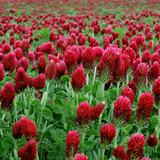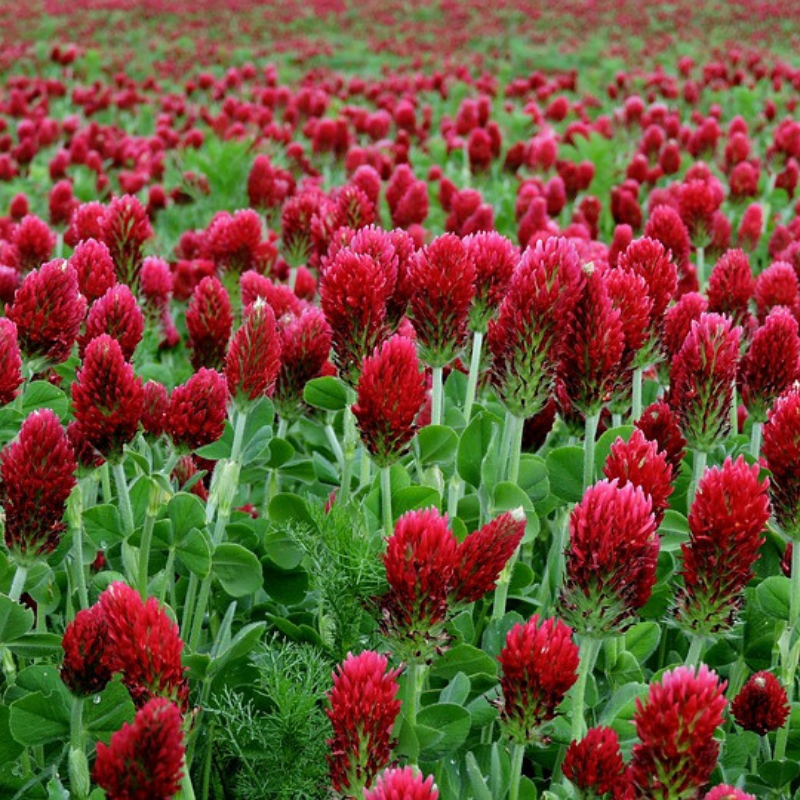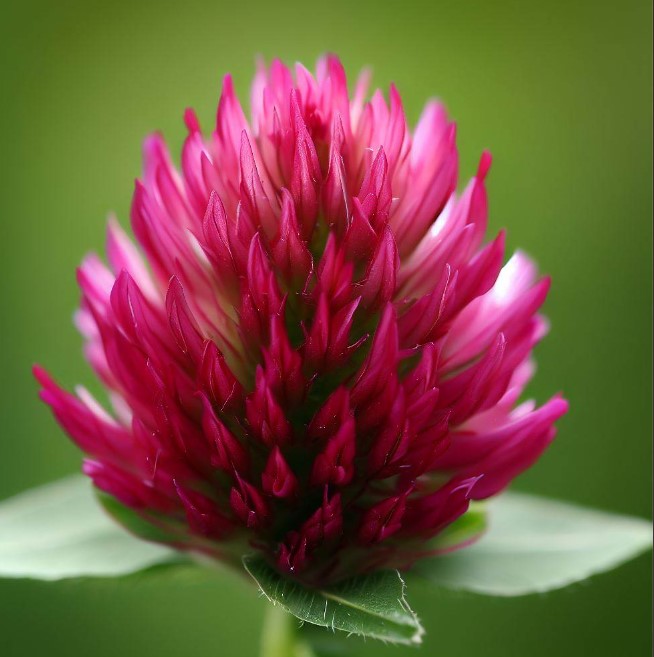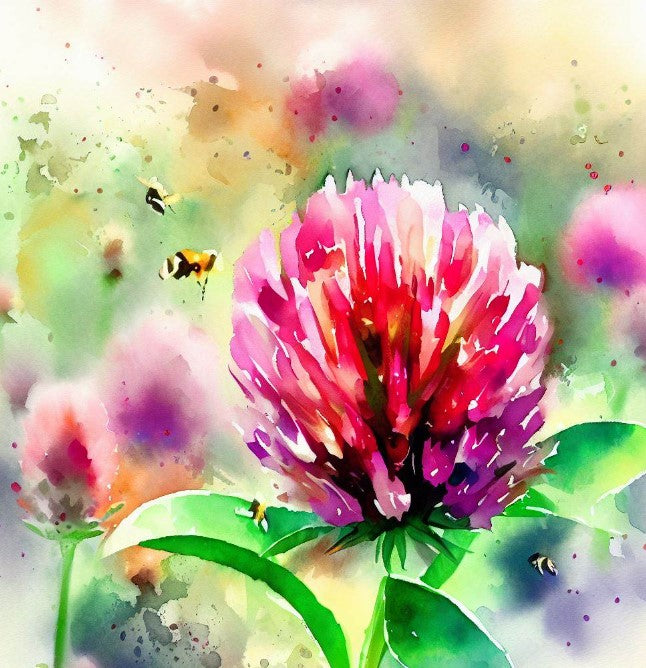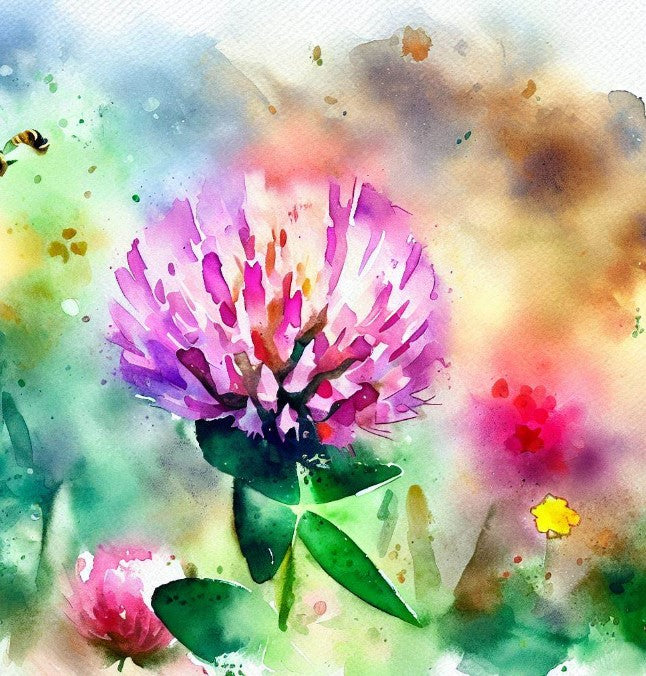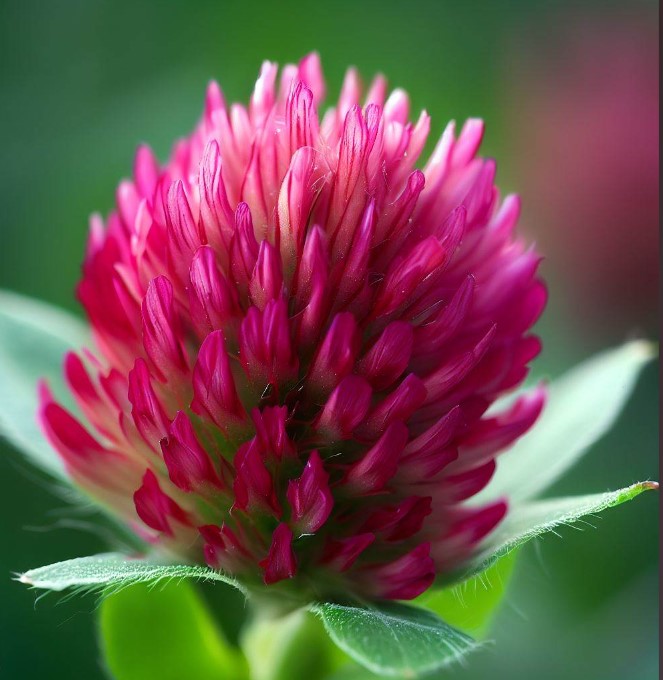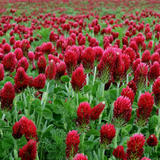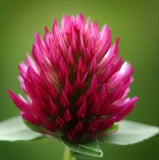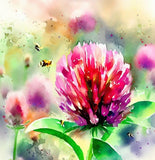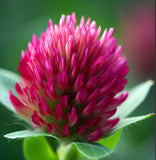TRIFOLIUM incarnatum (Crimson Clover) - COATED
Coated variety will absorb water faster than raw variety, but lesser seeds/LB.
Crimson Clover (Trifolium incarnatum) - COATED refers to the same species of clover (Trifolium incarnatum) but with an additional coating on the seeds. Coated seeds have a layer of material, usually a clay-based or polymer coating, applied to the outer surface of the seed. The coating serves various purposes, primarily to enhance the sowing process and seed performance. Here are some reasons for using coated seeds:
Improved Seed Handling: The coating adds weight and size to the seed, making it easier to handle during sowing. The added weight helps prevent seeds from becoming airborne or blowing away during application.
Enhanced Seed Placement: The coating typically has color additives that make it more visible, allowing for better control and accuracy during seeding. This helps ensure even distribution of seeds and reduces seed wastage.
Seed Protection: The coating provides a protective layer around the seed, offering some defense against pathogens, insects, and adverse environmental conditions during germination and early growth stages.
Increased Germination: Coatings may contain biostimulants or fungicides that promote germination or protect seeds from damping-off diseases, which can be particularly helpful in challenging growing conditions.
Seed Purity: Coated seeds can reduce the likelihood of cross-contamination with other seeds or debris, helping to maintain the purity and identity of the desired seed variety.
Time-Release Fertilization: Some coated seeds are treated with slow-release fertilizers, providing a small nutrient boost to the germinating seedlings as they start to grow.
Crimson Clover coated seeds are commonly used in agricultural applications and landscaping projects. They are especially popular as cover crops due to the benefits of Crimson Clover, such as its nitrogen-fixing capabilities and soil improvement properties. The coated seeds make it easier to plant the cover crop efficiently, ensuring a successful establishment and better utilization of the planting area.
Overall, Crimson Clover is a valuable plant for sustainable agriculture and gardening practices due to its nitrogen-fixing properties, soil improvement benefits, and attractiveness to pollinators.
| Number of Seeds | Max Coverage Area (Square Ft.) | |
|---|---|---|
| 1OZ | 6,000 | 100 |
| 1/4LB | 24,000 | 400 |
| 1/2LB | 48,000 | 800 |
| 1LB | 96,000 | 1,600 |
| 5LB | 480,000 | 8,000 |
Scientific Name: Trifolium Incarnatum
Common Name: Crimson Clover
Plant Type: Annuals
Family: Tradescantia-Spiderworts
Zone: 3 to 9
Native Range: South Eastern Europe, South Western Asia
Full Growth Height: 24-36"
Width in Across: 12-24"
Exposure: Full Sun
Blooming Season: Spring(Late), Summer (Early, Mid, Late), Fall
Flower: Showy, Edible
Pollinators: Butterflies
Flower Color: Crimson
Tolerate: Drought, Deer
Water Requirement: Low, Average
Maintenance: Low
Soil Type: Chalk, Sand, Loam, Clay, Well-Drained
Soil pH: Acid, Neutral
Uses: Ground Covers, Beds and Borders, Prairies and Meadows, Salads

